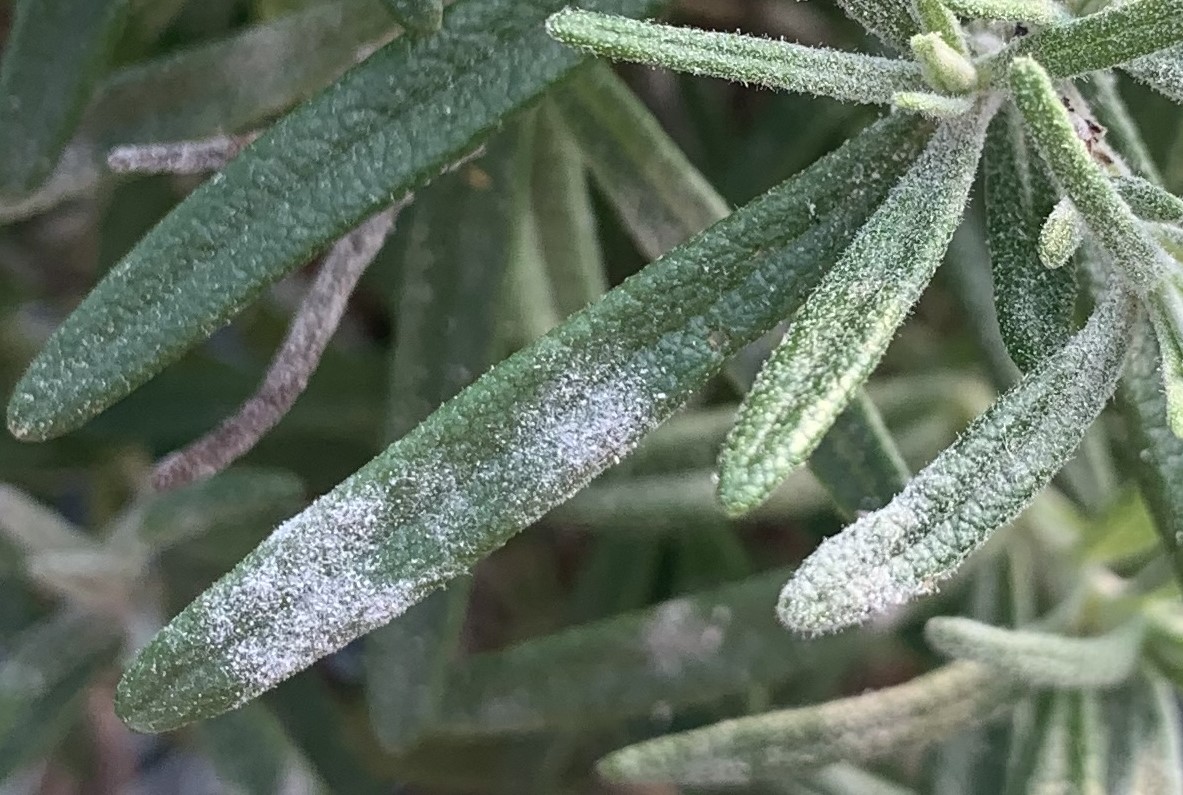
Disease Control Products for Herb Bedding Plant Production
When choosing products to control plant diseases in
greenhouse production, the active ingredient and brand name is an important
consideration. In most ornamental plant production, fungicides labeled for ornamentals
can be used on hosts not listed on the product label as long as the applicator
tests the product on a small number of plants for possible phytotoxicity issues
before use on the entire crop. With many ornamental plant producers also producing
herb bedding plants, your options for labeled products on the herb crops decreases. Because herbs
can be eaten, many products specifically restrict application to plants grown for
culinary purposes. Some products labeled for culinary herb application are also
not labeled for greenhouse use. These products are labeled for field
application only. There are even some active ingredients that can be used;
however, one brand name is labeled for culinary herb application in greenhouse or
hydroponic production whereas another brand name is only labeled for field application.
These labeling variations can be confusing and difficult for growers and extension personnel alike.
The retired, emeritus extension specialists of Drs. Leanne
Pundt (UConn Extension) and Tina Smith (UMass Extension) have one of the only tables listing fungicides and biological products labeled for herb bedding plant production. You can find their table here:
https://ipm-cahnr.media.uconn.edu/wp-content/uploads/sites/3216/2023/01/2020herbfungicidesfinalNovember10.pdf
Although the products listed in this table are up-to-date
as of 2020, changes could have (and probably have) been made to product labeling.
Always check product labels for rates, use restrictions, application directions, and pre-harvest intervals (PHI) before
using on any crop. If a product is not one that you have used safely in the
past, always test for possible phytotoxicity prior to using on the whole crop. It is better to be safe than sorry.

Jean Williams-Woodward
Associate Professor, University of GeorgiaJean is an Associate Professor and Extension Plant Pathologist at the University of Georgia. Jean provides statewide plant disease diagnosis and management recommendations for ornamental plants in greenhouses, nurseries, and landscapes. She also teaches courses in plant disease diagnosis and ornamental pest management. She brings over 27 years of experience in working with ornamental plant producers and extension outreach providing education programs and on-site plant problem diagnostics.
